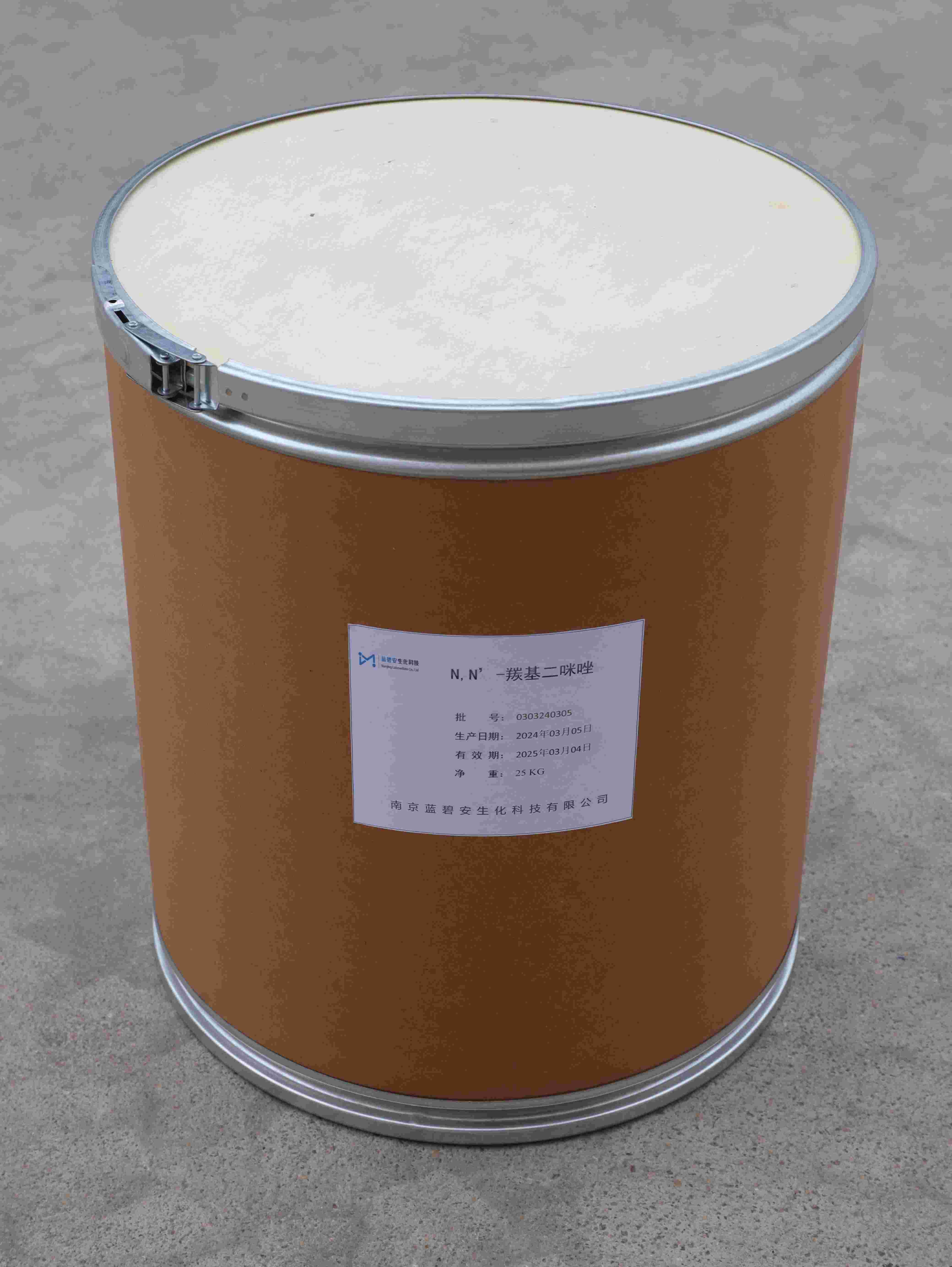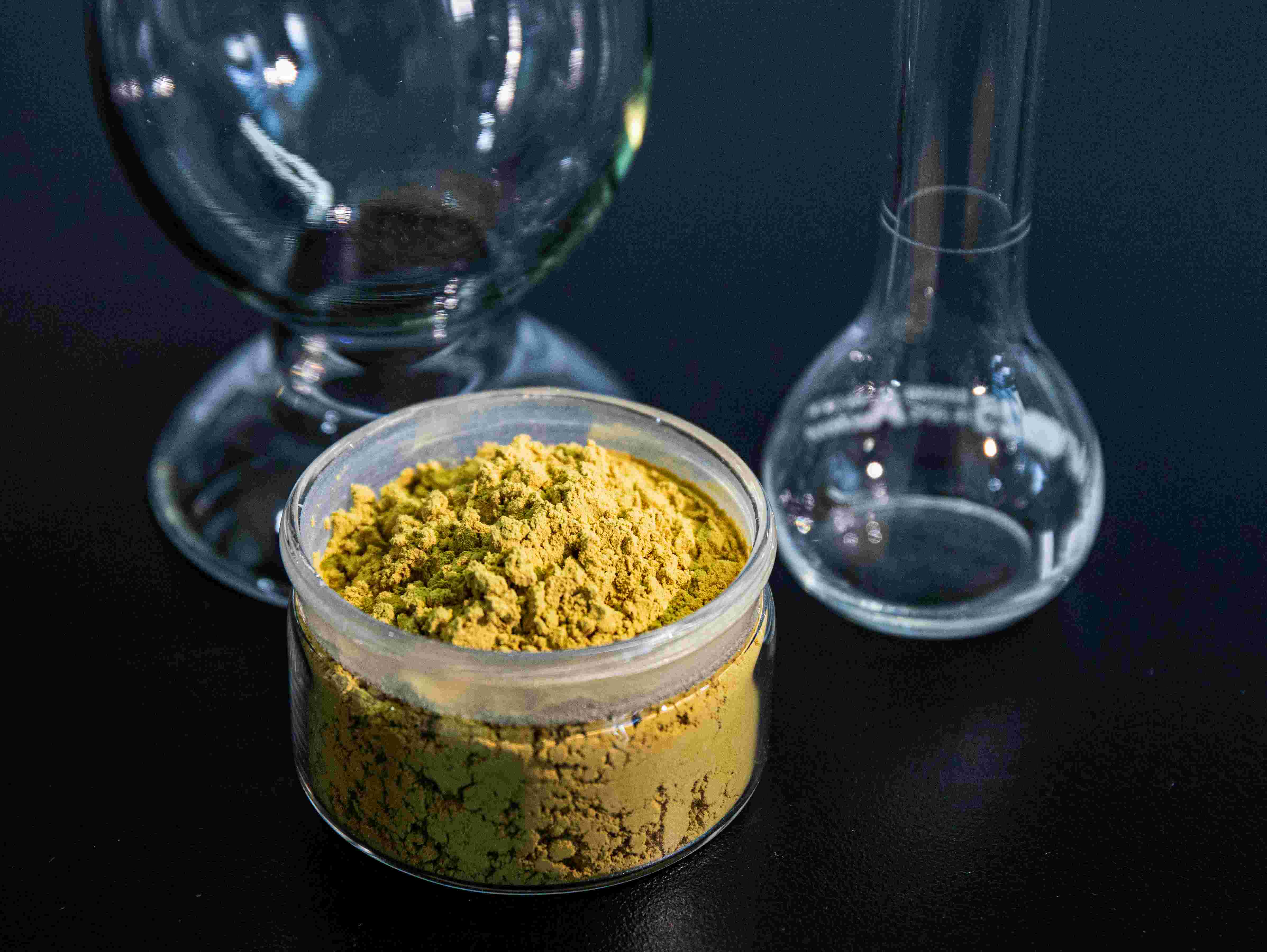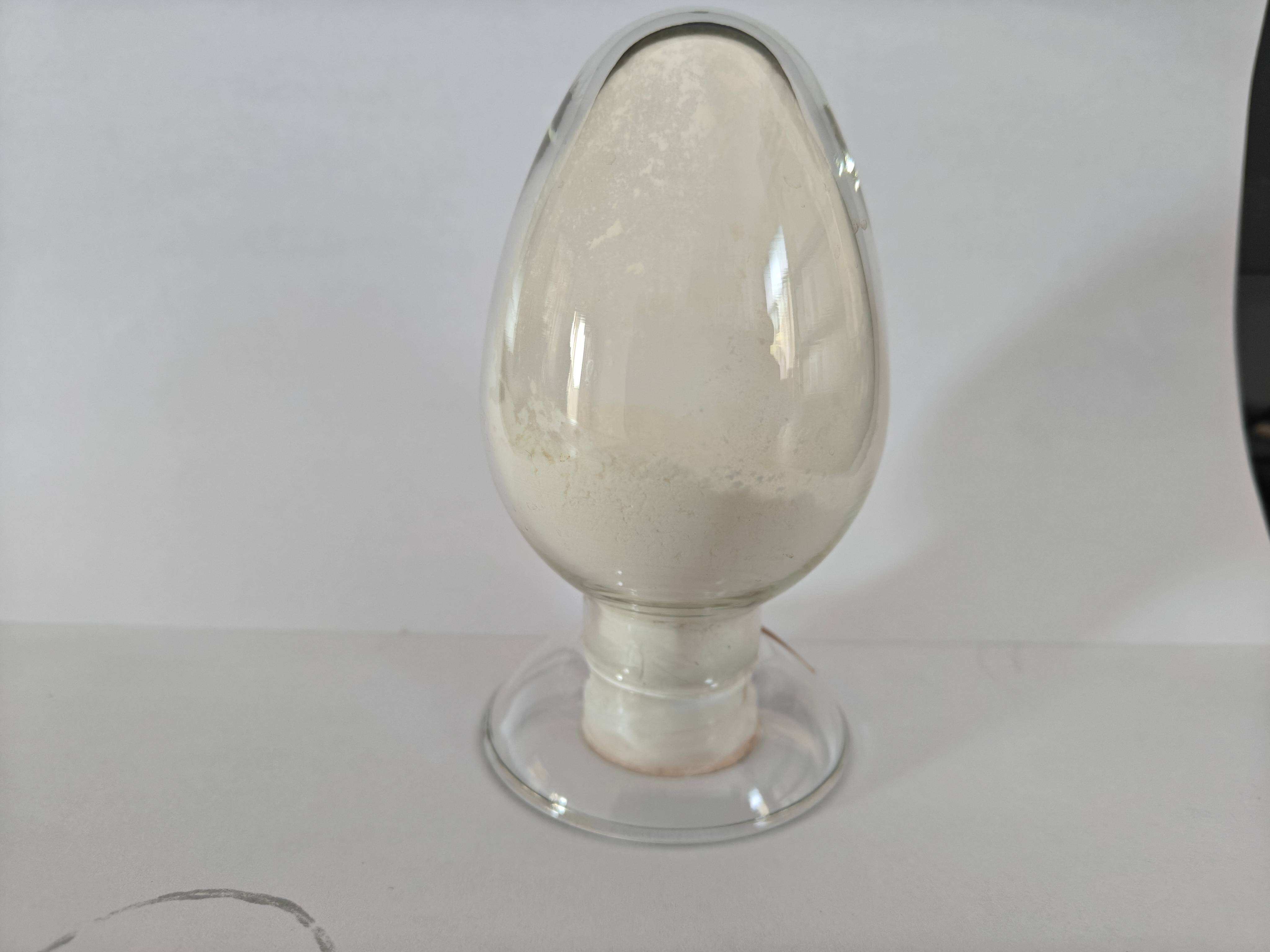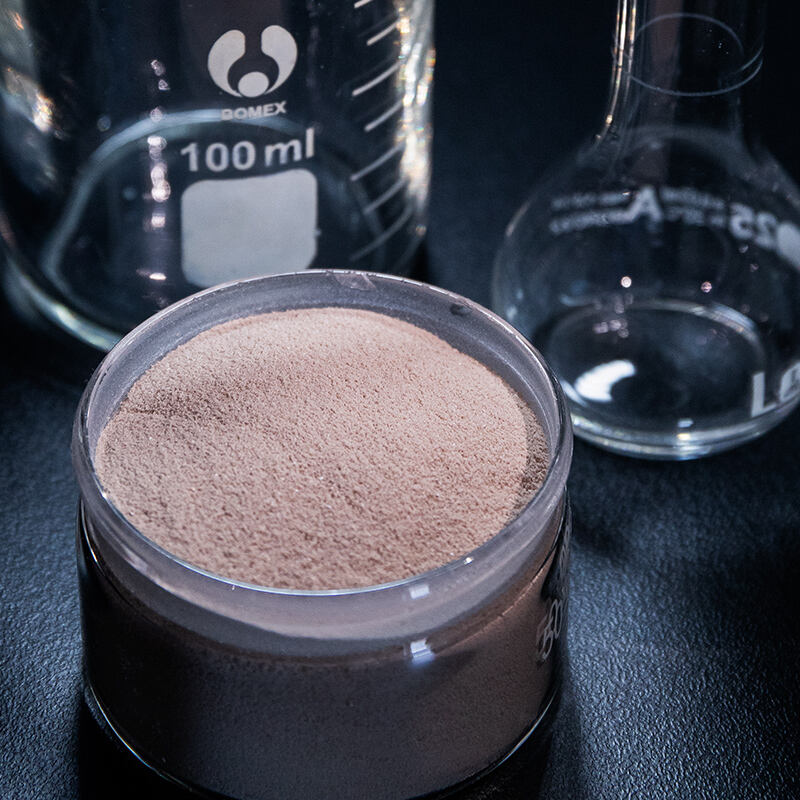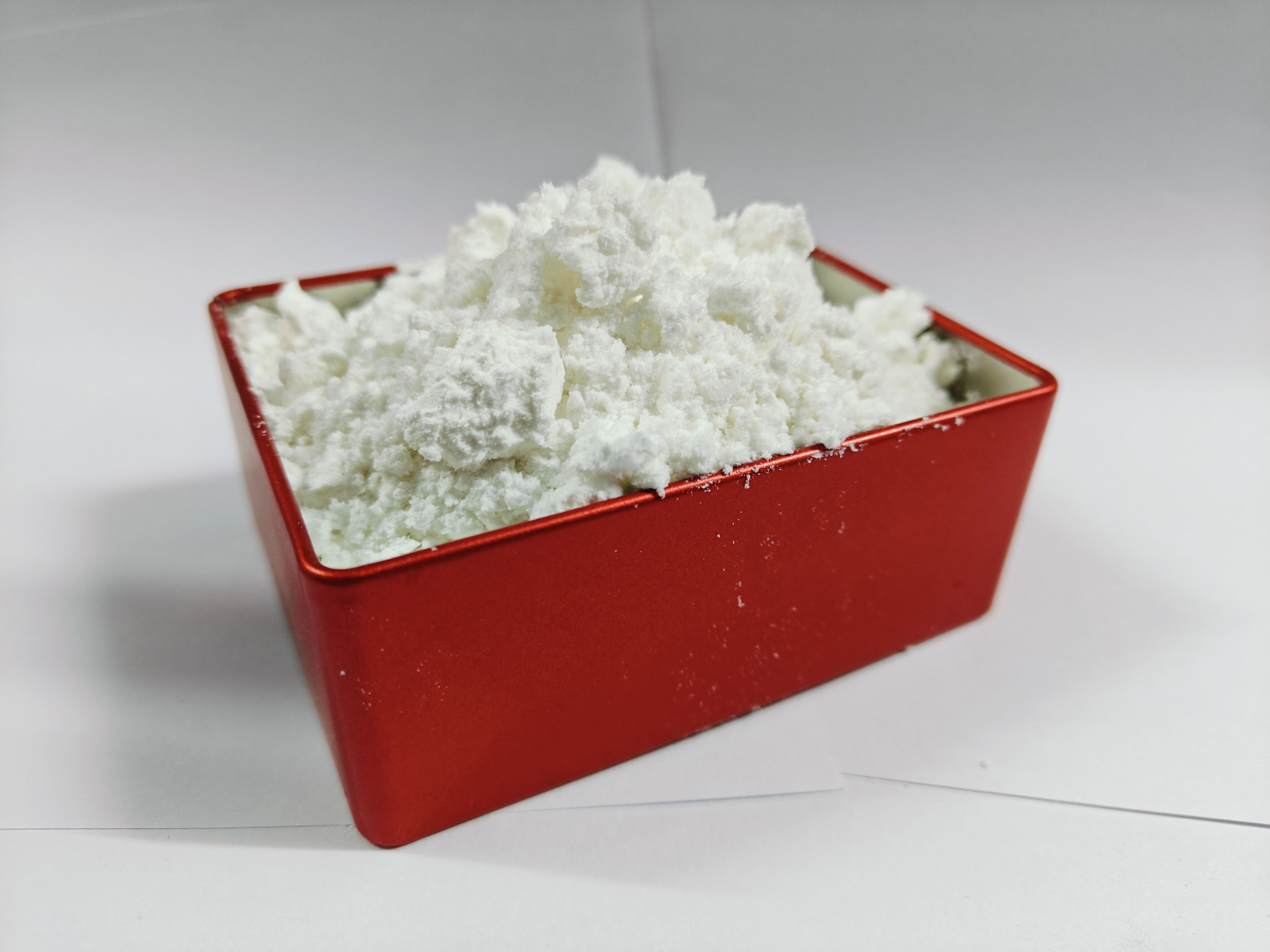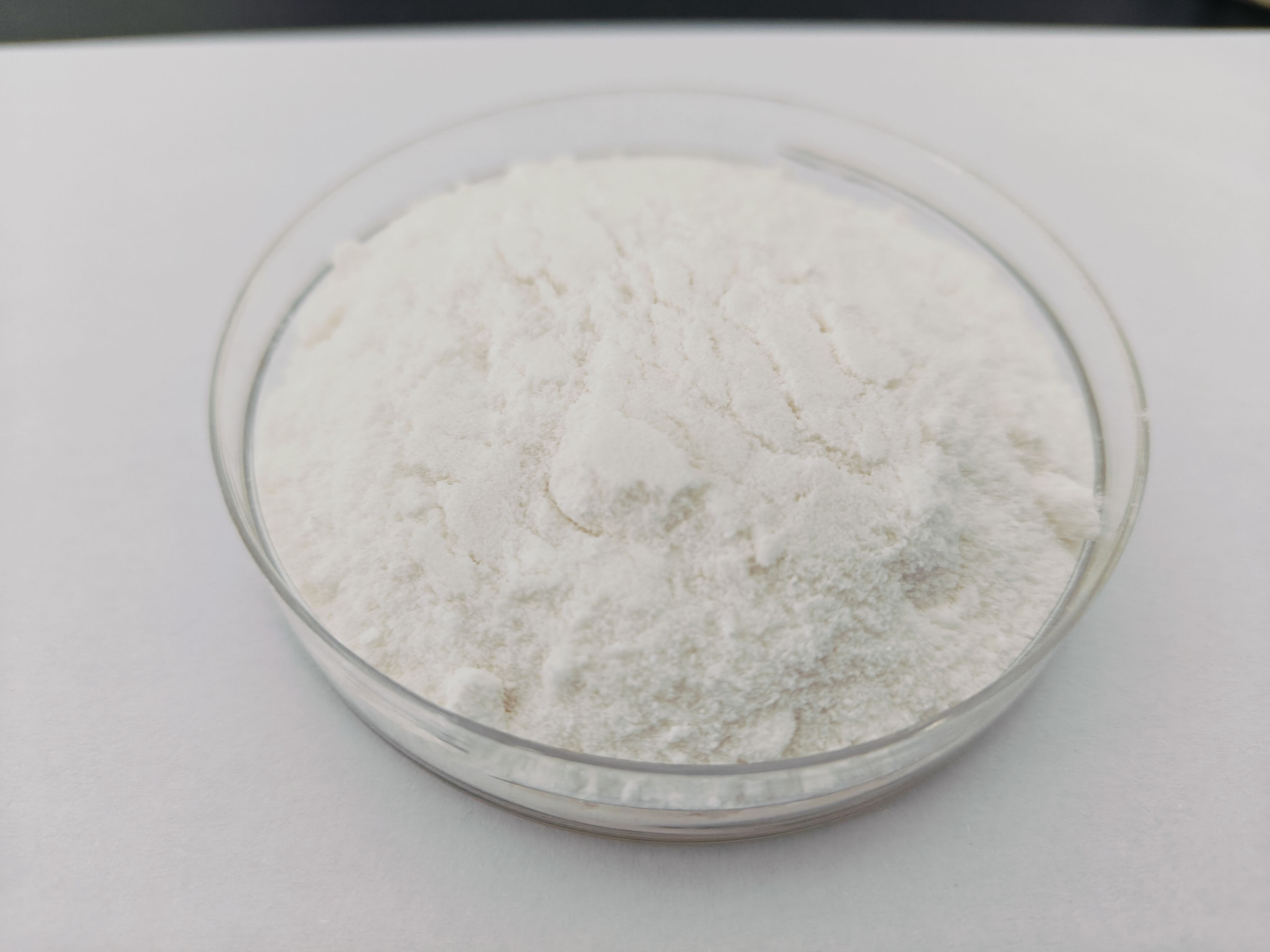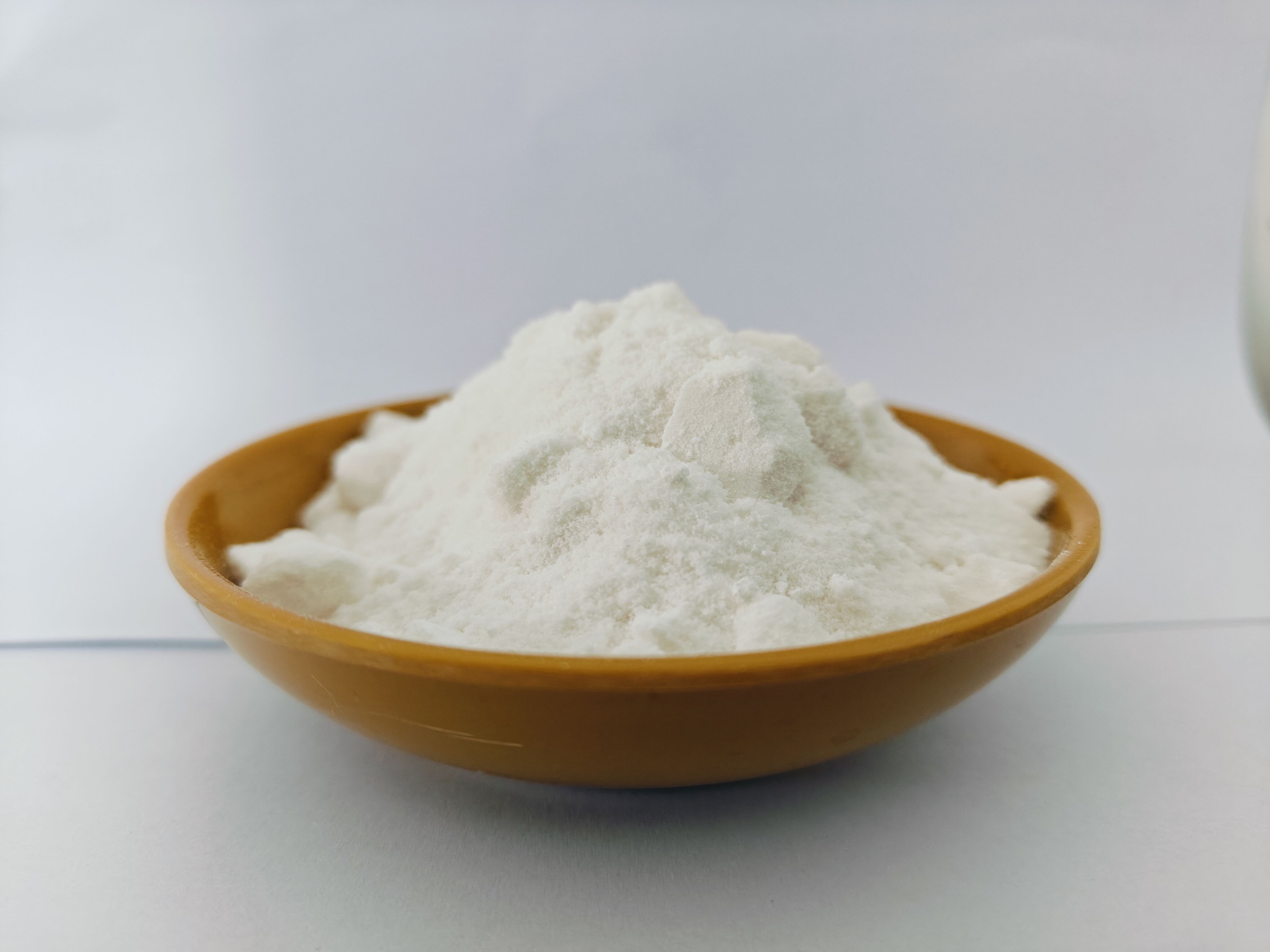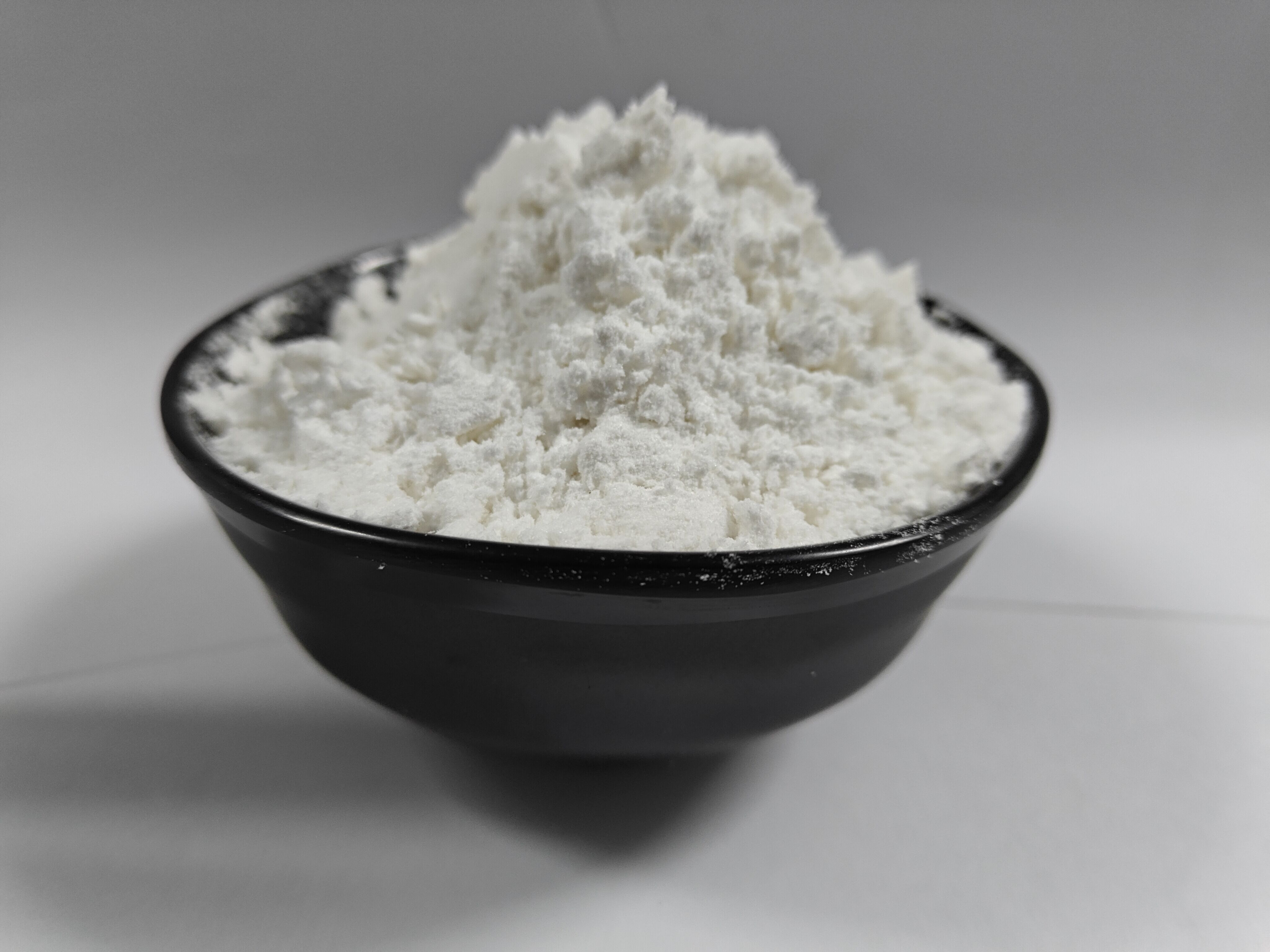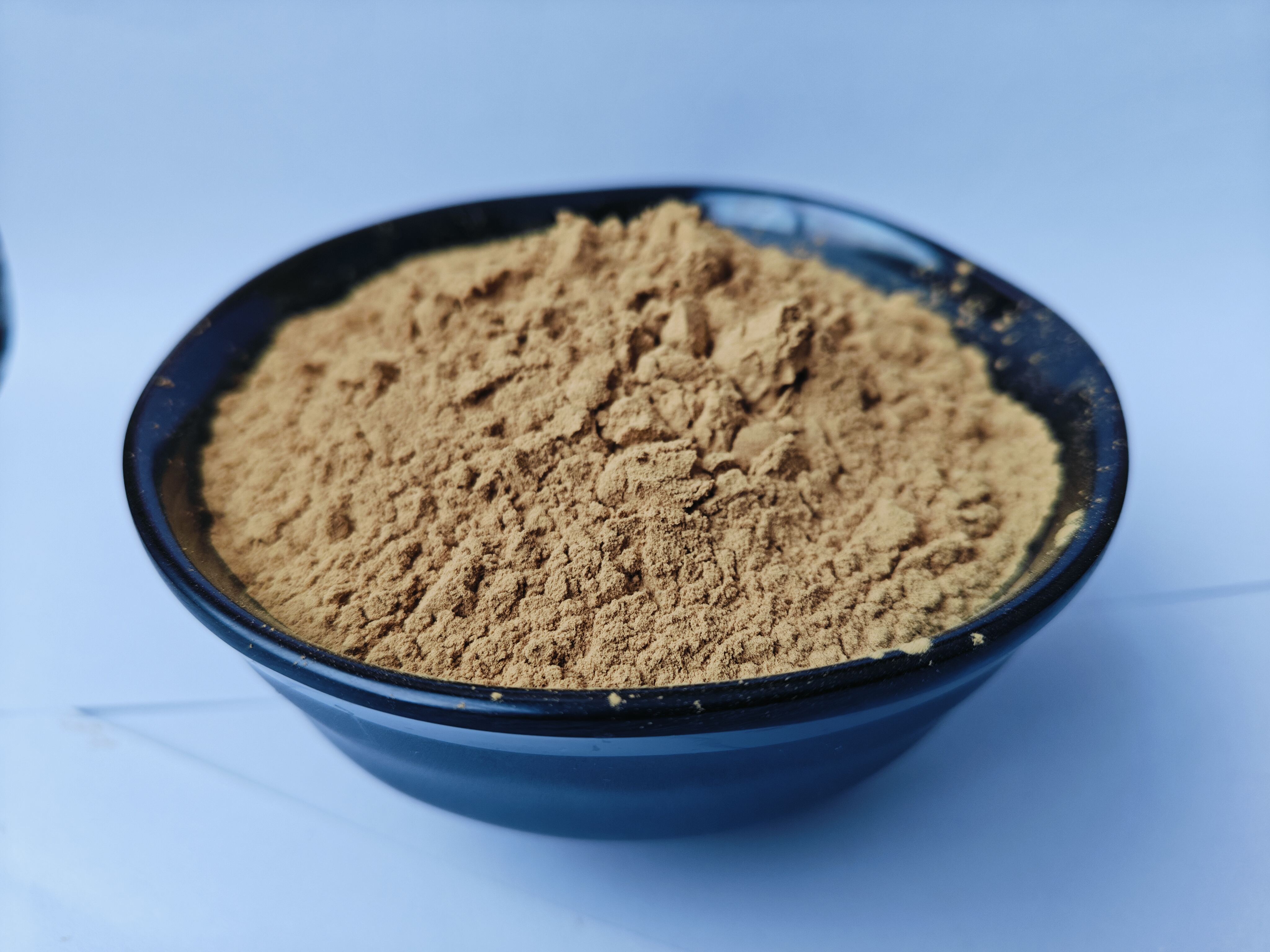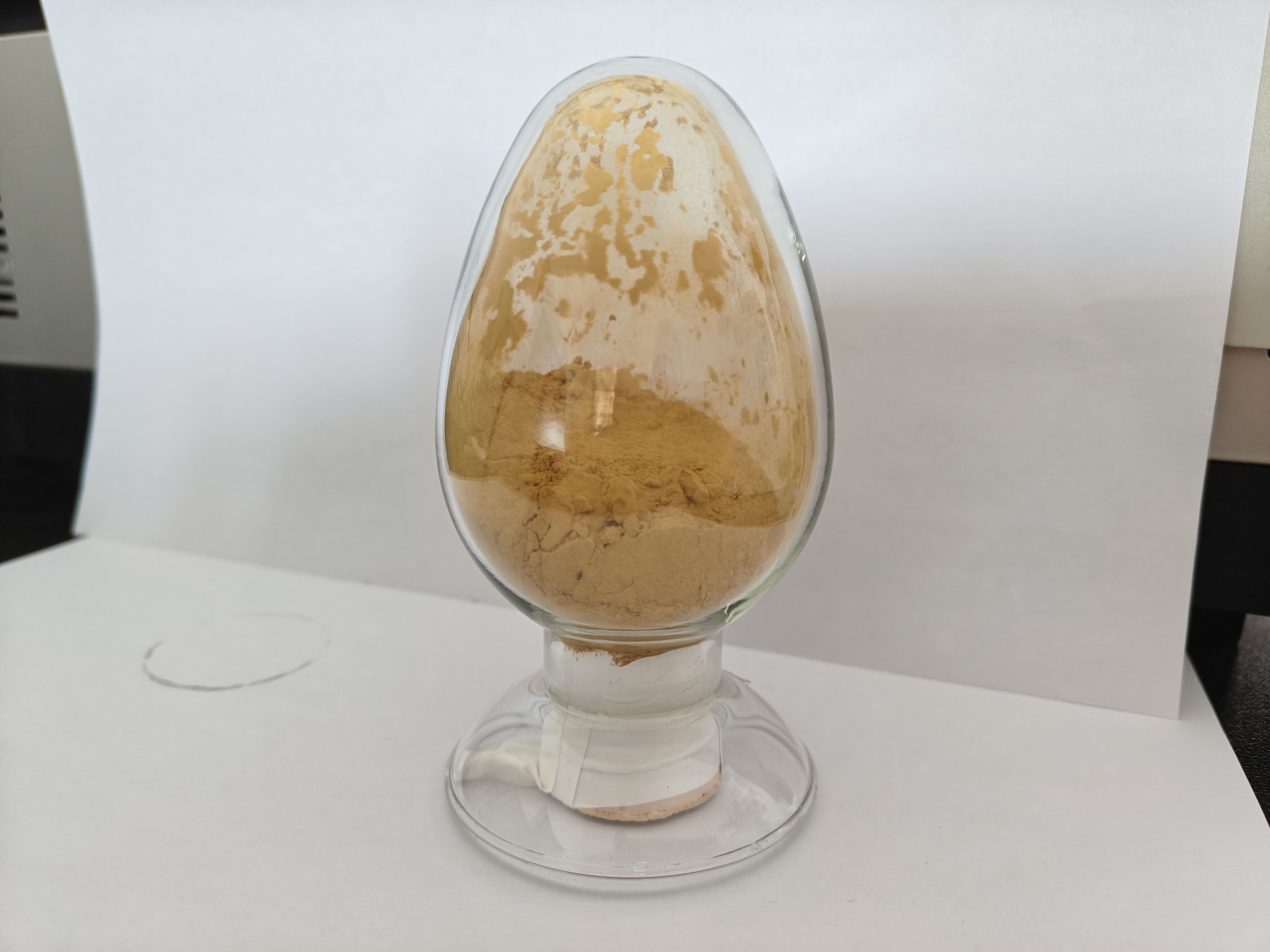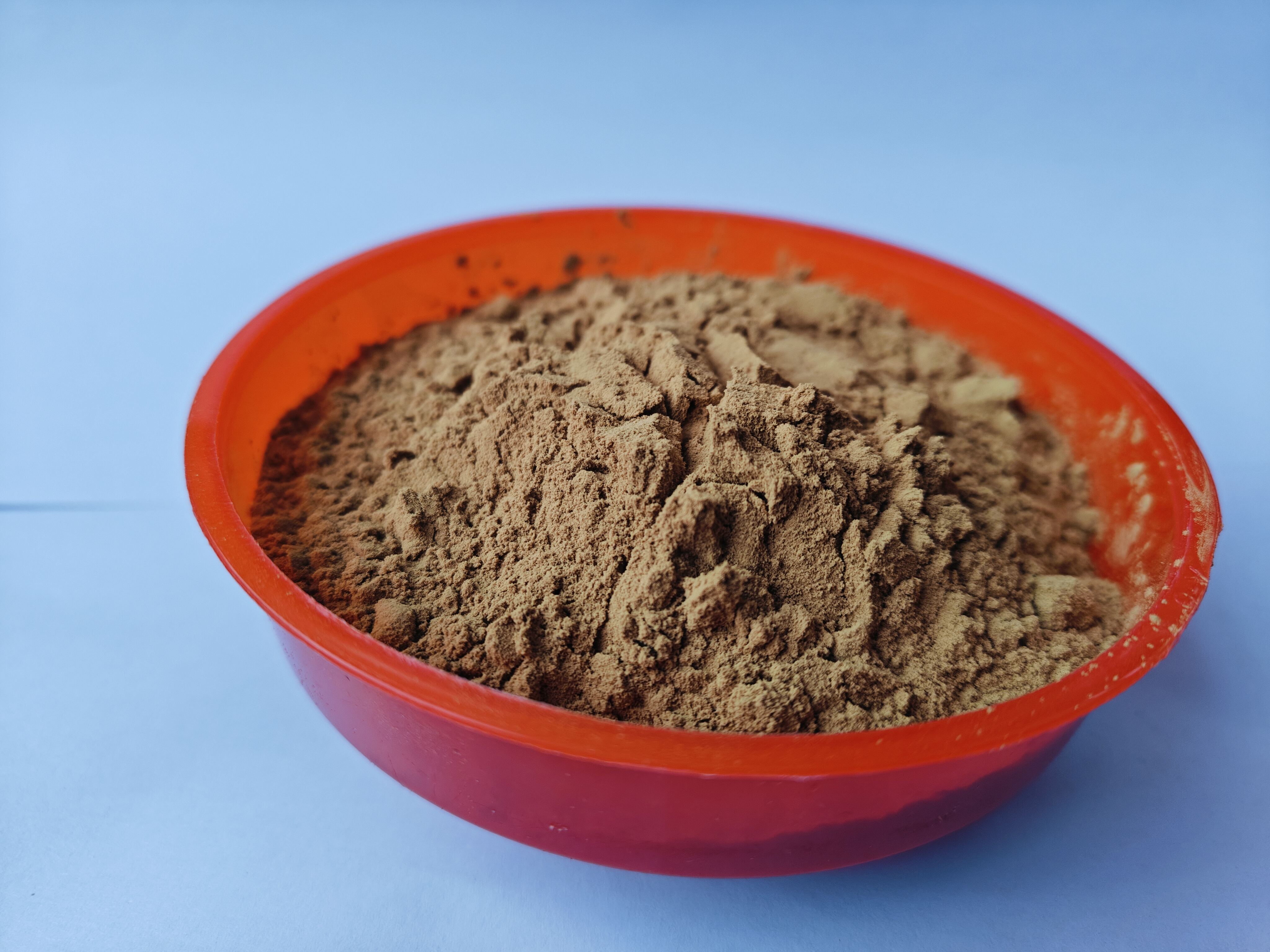epoxy primer curing agent
Epoxy primer curing agents are essential components in high-performance coating systems, serving as catalysts that transform liquid epoxy resins into durable, cross-linked polymer networks. These specialized compounds initiate and control the chemical reaction that leads to the hardening or curing of epoxy primers. The curing agent molecules react with epoxy groups, creating strong chemical bonds that result in a robust protective coating. These agents are carefully formulated to provide optimal curing conditions across various temperature ranges and environmental conditions, making them versatile for different applications. In industrial and commercial settings, epoxy primer curing agents play a crucial role in ensuring proper adhesion, chemical resistance, and long-term durability of protective coatings. They are particularly valued in automotive, aerospace, marine, and construction industries where surface protection is paramount. The technology behind these curing agents has evolved to offer improved performance characteristics, including faster curing times, better surface wetting properties, and enhanced resistance to environmental factors. Modern formulations also focus on environmental compliance and worker safety, with many products now featuring low VOC content and reduced hazardous components.

